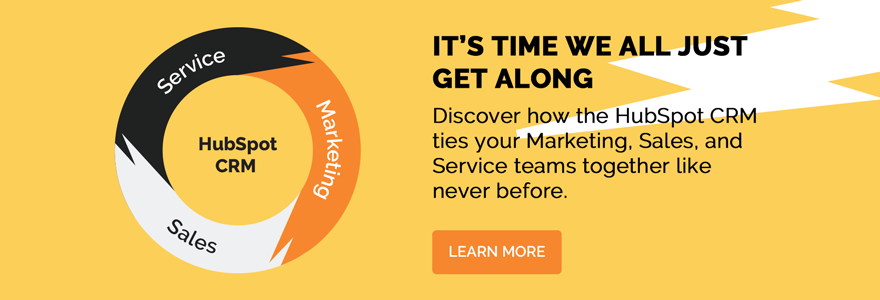How to Build a Kick-Ass Email Marketing Strategy
If you're serious about dominating B2B marketing, you need an email marketing strategy that gets results and keeps improving with time. The secret? A data-driven email marketing approach that evolves with your audience and industry trends. Forget stale tactics; this guide is packed with actionable insights on best practices for B2B email marketing and killer strategies to optimize your campaigns. Ready to create emails that convert like crazy? Let’s dive in.
Set SMART Goals for Your Email Marketing
You must nail down your objectives before you hit send on your next campaign. That’s where SMART goals come in—goals that are Specific, Measurable, Achievable, Relevant, and Time-bound. This framework keeps your email marketing focused and aligned with your overall business strategy. Whether you're aiming to boost open rates, increase conversions, or expand your subscriber list, setting SMART goals ensures every email you send has a clear purpose and measurable impact.
Audience Segmentation
One-size-fits-all emails are dead. Audience segmentation is key to connecting with your audience. By dividing your email list into specific segments based on data like behavior, purchase history, and demographics, you can send tailored content that resonates. This data-driven email marketing tactic increases engagement and boosts conversion rates. Want to dig deeper? Check out the differences between Nurture Campaigns vs. Intent Targeting Campaigns to see how segmentation can elevate your strategy.
AI-Driven Email Marketing
AI isn't just a buzzword—it's a game-changer for email marketing optimization. Leveraging AI and machine learning can completely transform how you approach your campaigns. Imagine automatically segmenting your audience, predicting which subject lines will get the best open rates, or even tailoring the content of each email to match individual preferences.
With AI tools integrated into platforms like HubSpot, you can automate these processes, freeing up your time while increasing the effectiveness of your emails. For example, AI can analyze past campaign data to recommend the best times to send emails, ensuring your message lands in your audience's inbox at the perfect moment. It can even help you predict customer behavior, allowing you to send personalized offers or follow-ups that are more likely to convert.
By incorporating AI into your data-driven email marketing strategy, you’re not just optimizing your campaigns—you’re future-proofing them.
Crafting Effective Content
No matter how advanced your tools are, content is still king in email marketing. Your emails need to be engaging, relevant, and valuable to grab and keep your audience's attention. Start by focusing on personalized content—use data insights to tailor your messages to different segments of your audience. This could mean addressing specific pain points, offering solutions relevant to their industry, or even referencing past interactions with your brand.
Dynamic email templates can further enhance your content by allowing you to create visually appealing emails that adapt based on user behavior. For example, if a user is interested in a particular product or service, you can automatically adjust the content to highlight that interest. And don’t forget about your subject lines—crafting compelling and specific ones can significantly increase open rates.
Finally, consider the length and format of your emails. People are busy, so keep your messaging concise and use bullet points or subheadings to make your content easy to skim. By following these best practices for B2B email marketing, you'll create content that gets noticed and drives action.
Optimization and Testing
Crafting great emails is just the beginning—you need to optimize and test to ensure your campaigns perform at their best. A/B testing is your go-to tool here. You can see what resonates most with your audience by experimenting with different subject lines, CTAs, or email formats. Maybe it’s a shorter subject line, or perhaps including a video boosts click-through rates. The key is to let data guide your decisions.
Another crucial aspect of optimization is analyzing your email performance. Dive into metrics like open rates, click-through rates, and conversion rates to identify what’s working and what isn’t. Regularly reviewing these stats helps you tweak your approach for better results.
Sometimes, pausing an underperforming campaign can be a blessing in disguise. For example, taking a break allows you to re-strategize and come back stronger. For more insights, check out Why HubSpot Pausing Your Email Campaign Can Be a Blessing.
By continually testing and optimizing, you ensure your email marketing tactics evolve and improve, keeping your campaigns fresh and effective.
Maximizing Conversions
At the end of the day, your email campaigns aim to drive action—whether that's making a purchase, signing up for a webinar, or downloading a resource. To maximize conversions, you need to focus on key tactics that encourage your audience to take that next step.
First, make your call-to-action (CTA) clear and compelling. Your CTA should stand out visually and use action-oriented language that prompts an immediate response, like “Get Started Now” or “Claim Your Discount.” Also, consider placing multiple CTAs throughout your email to capture clicks from different reader types—those who skim and those who read every word.
Personalization also plays a huge role in boosting conversions. You can send offers and tailor-made messages to each recipient using the data you've gathered on your audience. This could mean anything from recommending products based on past purchases to sending reminders about abandoned carts.
Another powerful tool is urgency. Limited-time offers or countdown timers can create a sense of urgency that nudges recipients toward quick action. Additionally, incorporating social proof, like testimonials or user-generated content, can reassure recipients that they're making a smart decision.
Lastly, if you’re looking for inspiration on how to craft emails that convert, check out these Sales Email Templates to Get and Keep Buyers’ Attention. They offer proven formats that can help you turn prospects into customers.
Keep Your Strategy Evolving
Building a kick-ass email marketing strategy doesn’t stop once your campaigns are up and running. To stay ahead, it’s crucial to continuously refine and improve your approach. Review your metrics regularly, stay updated with industry trends, and be willing to experiment with new tactics. The more you learn from your data, the more effective your emails will become.
To take your strategy to the next level, consider exploring professional services that can provide deeper insights and advanced tools. Check out ThinkFuel’s Marketing Services for more information on how we can help you optimize your campaigns and achieve your business goals. Contact us today.
Table of contents
Share this
You May Also Like
These Related Stories

A B2B Guide on How to Grow Your Business Through Digital Marketing

Mastering SEO in 2025: The Updated Guide to Ranking and Driving Traffic

